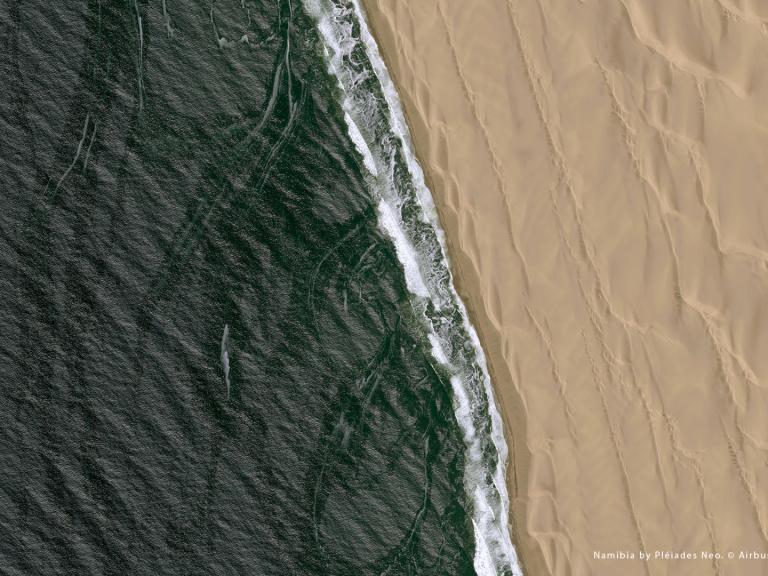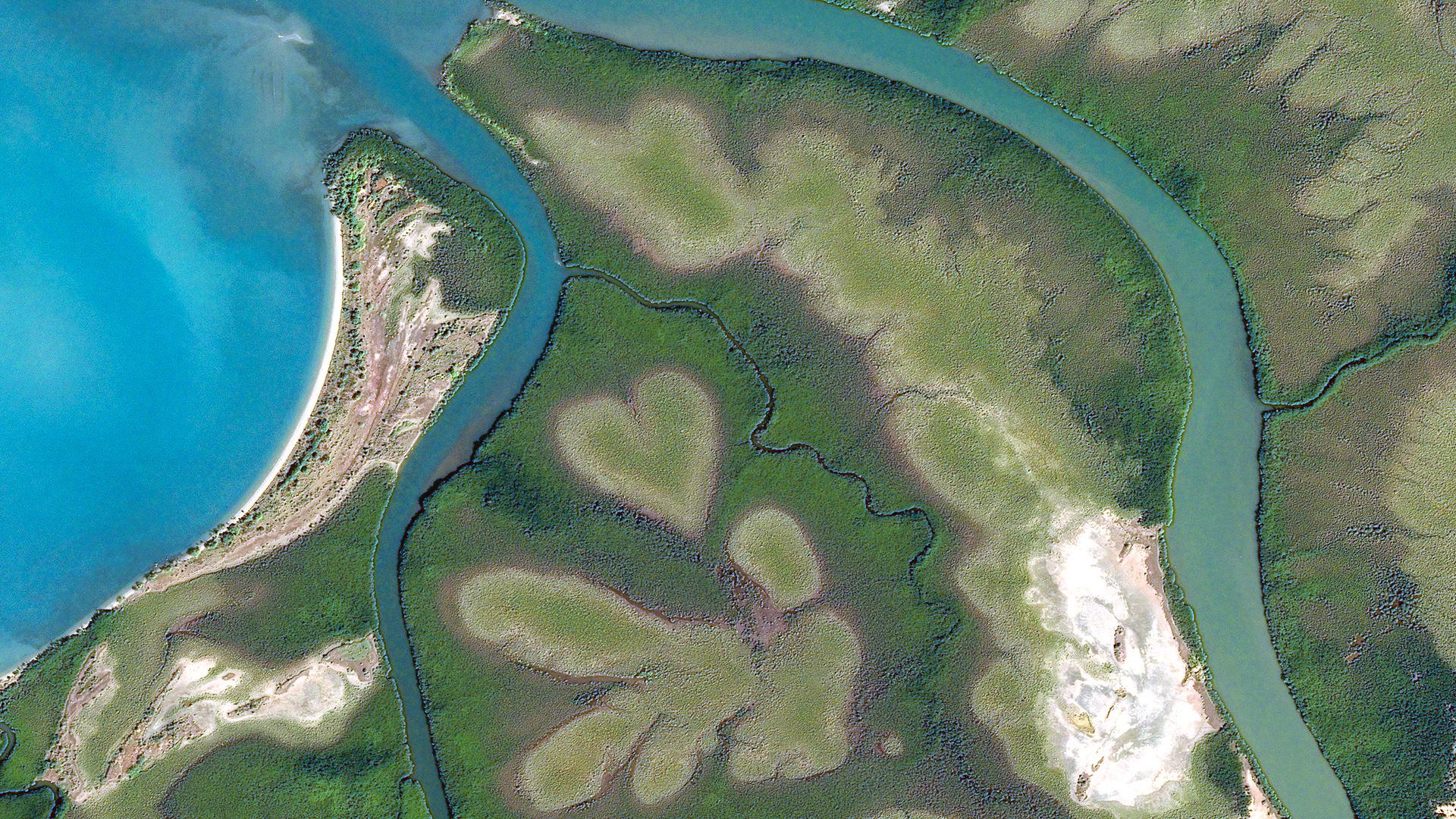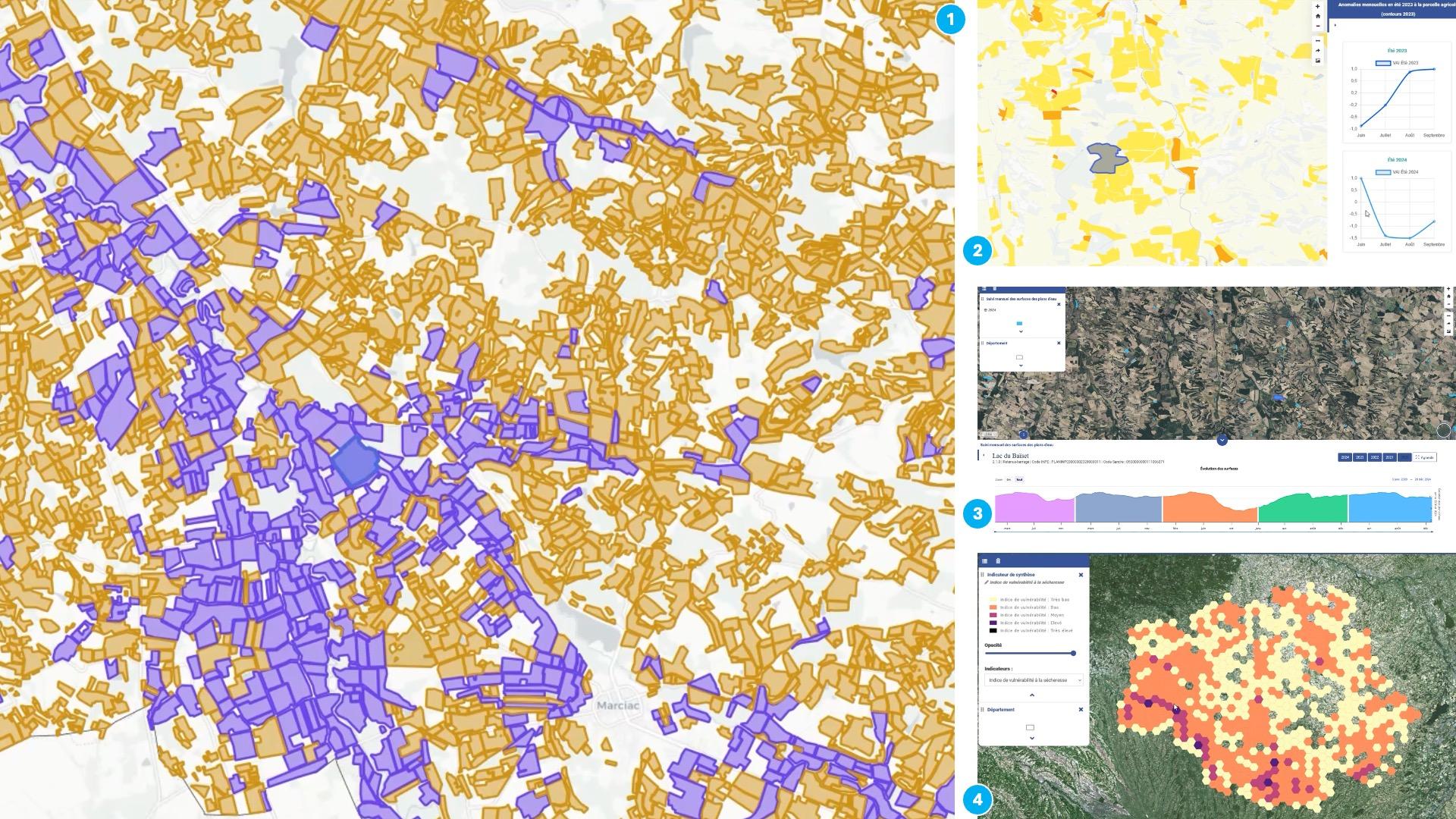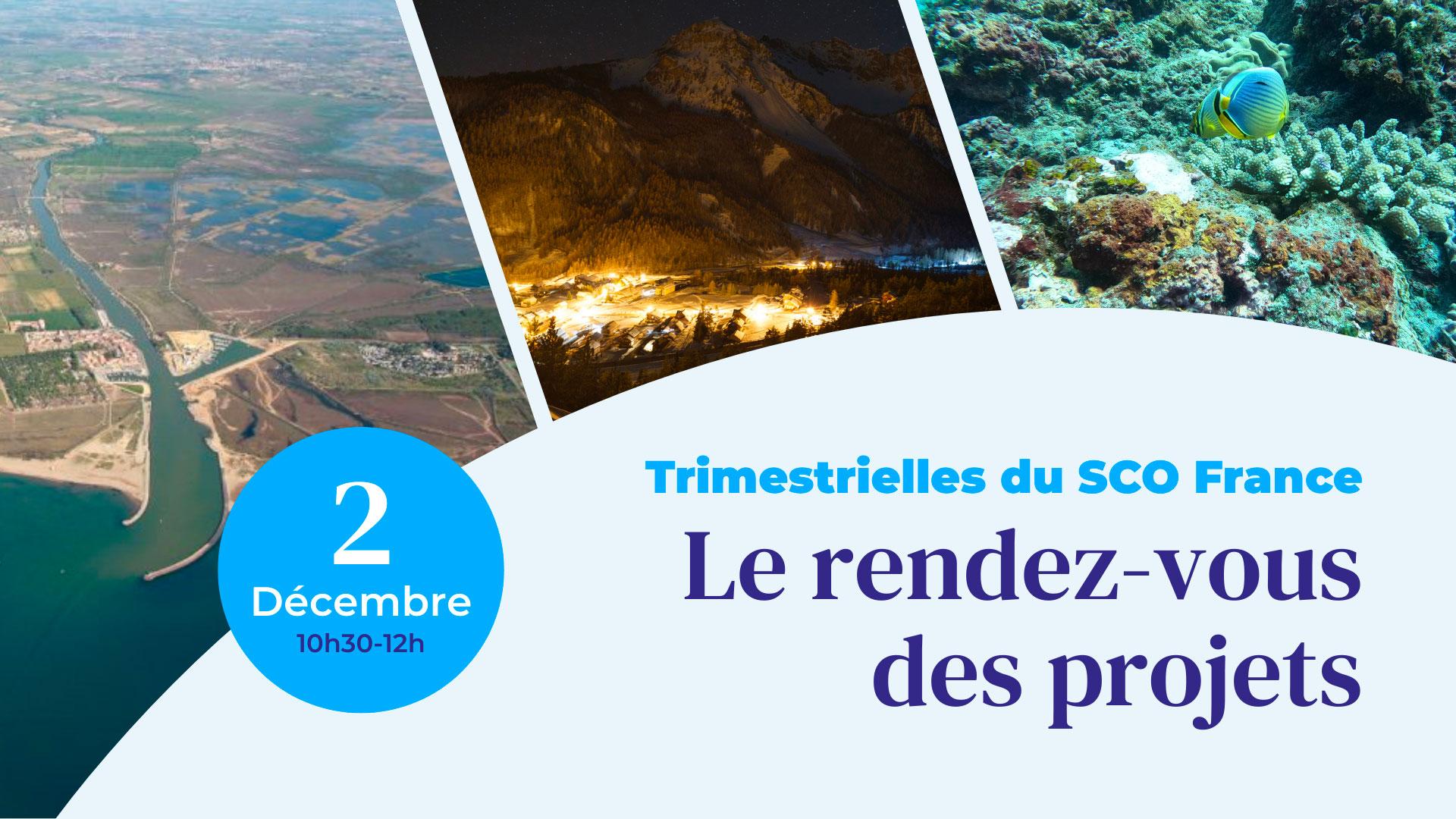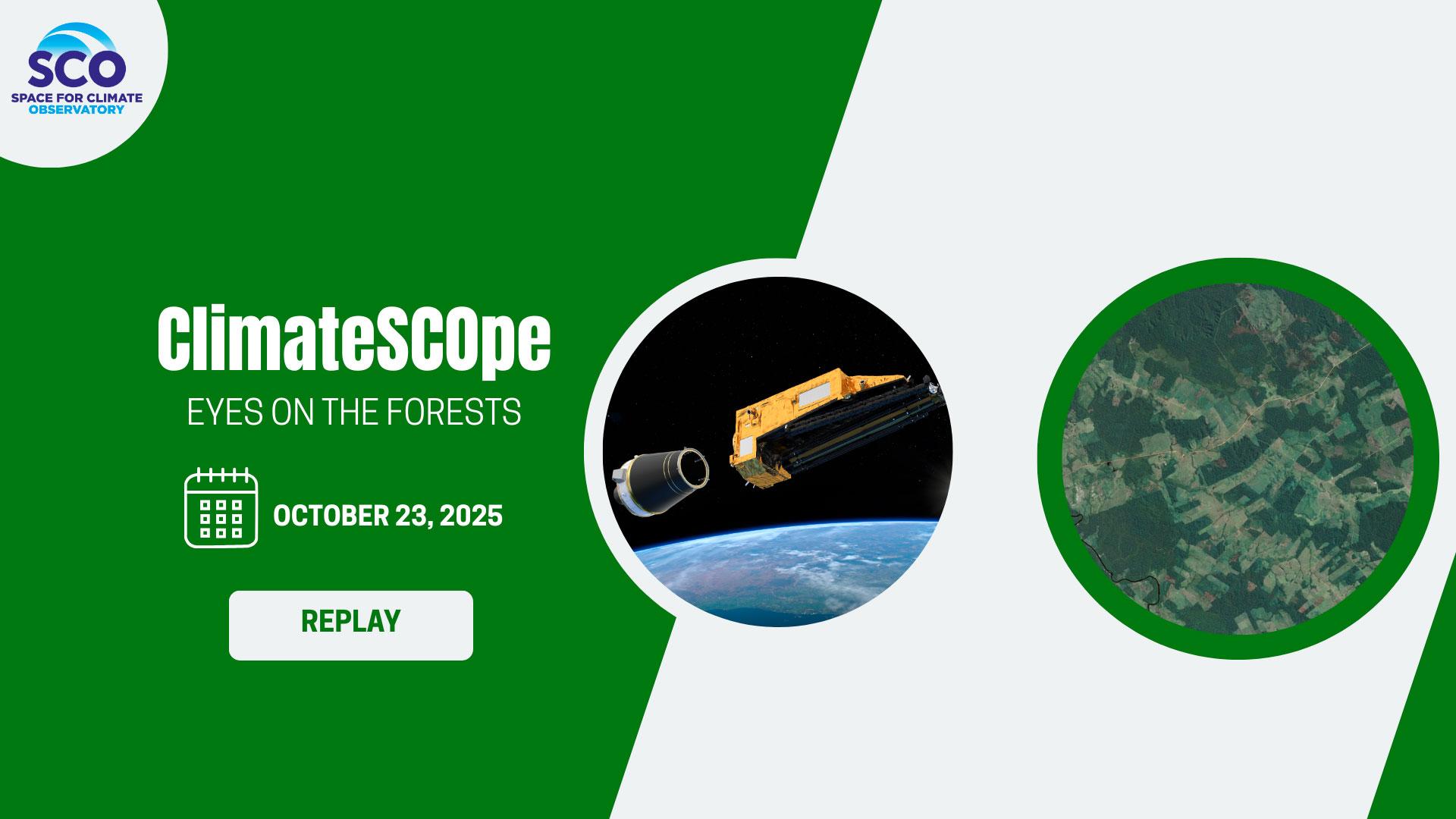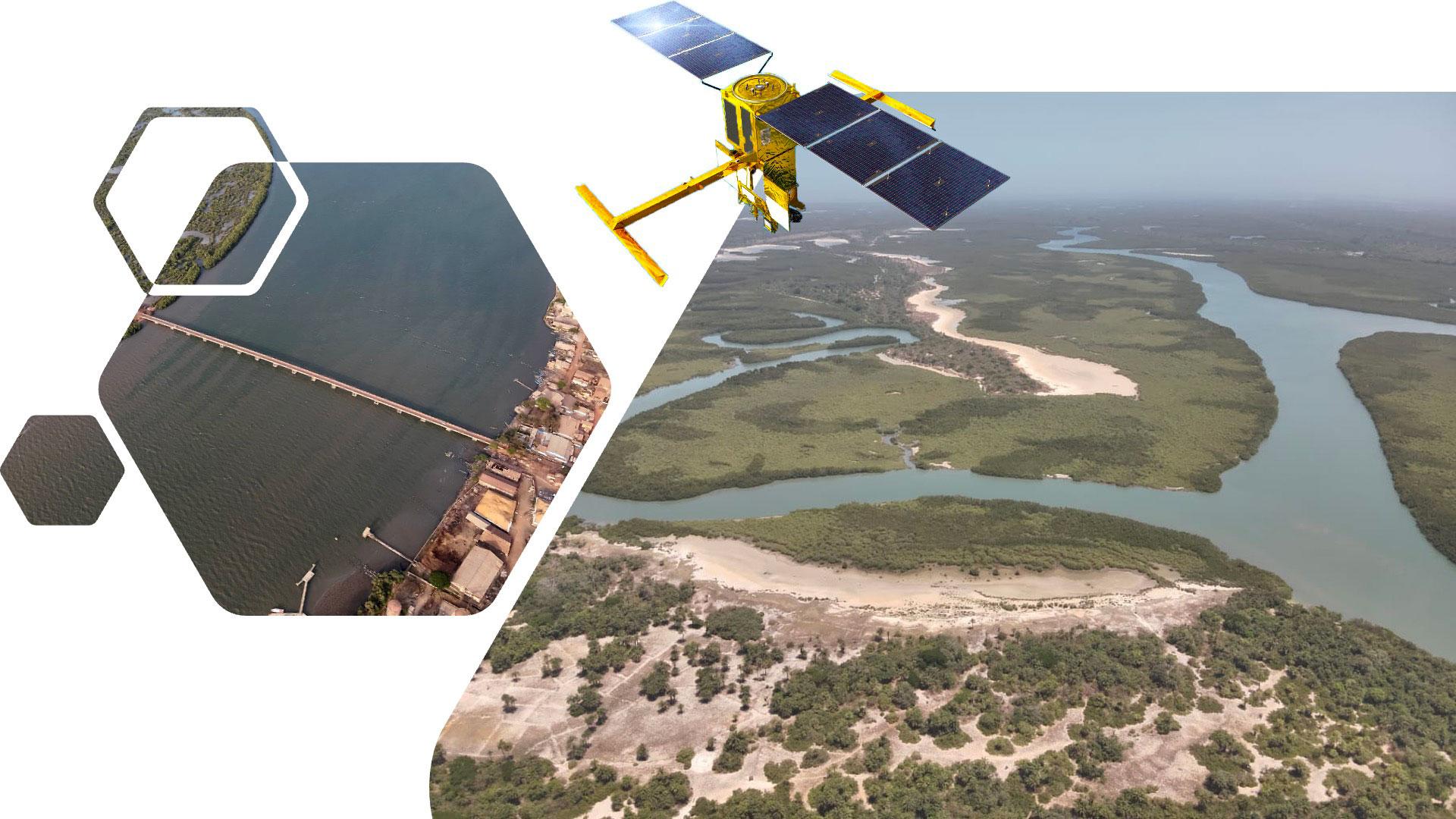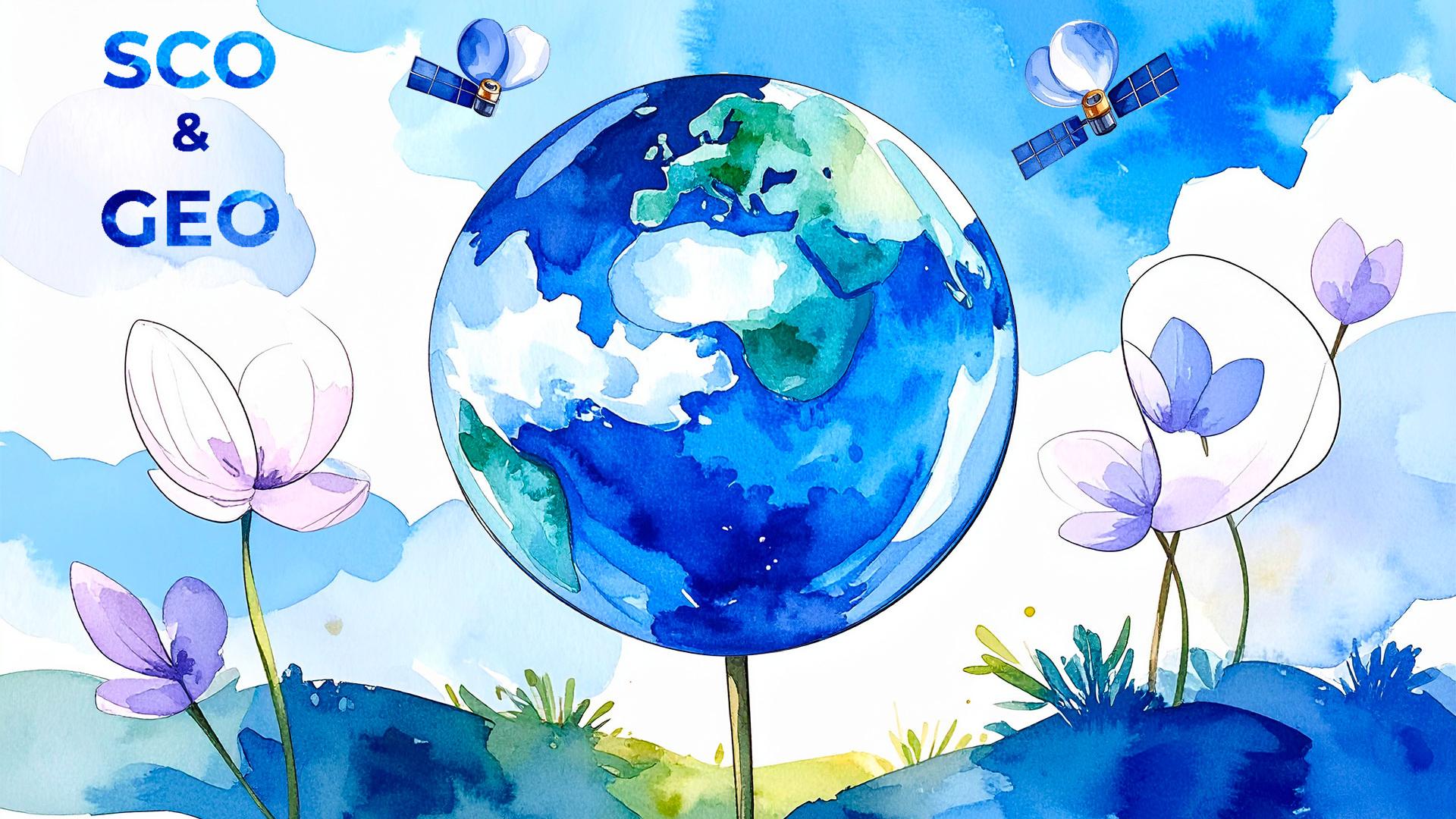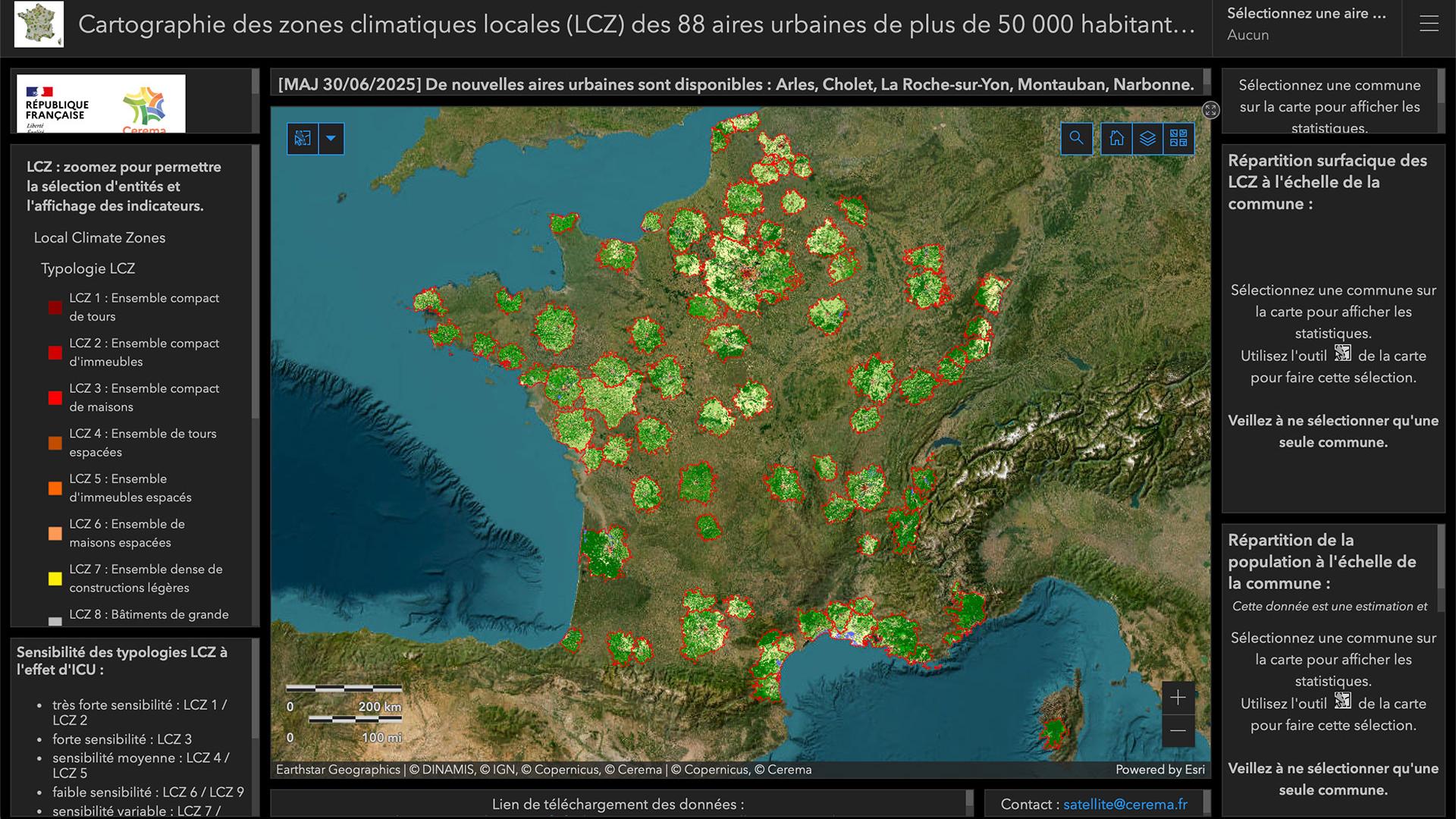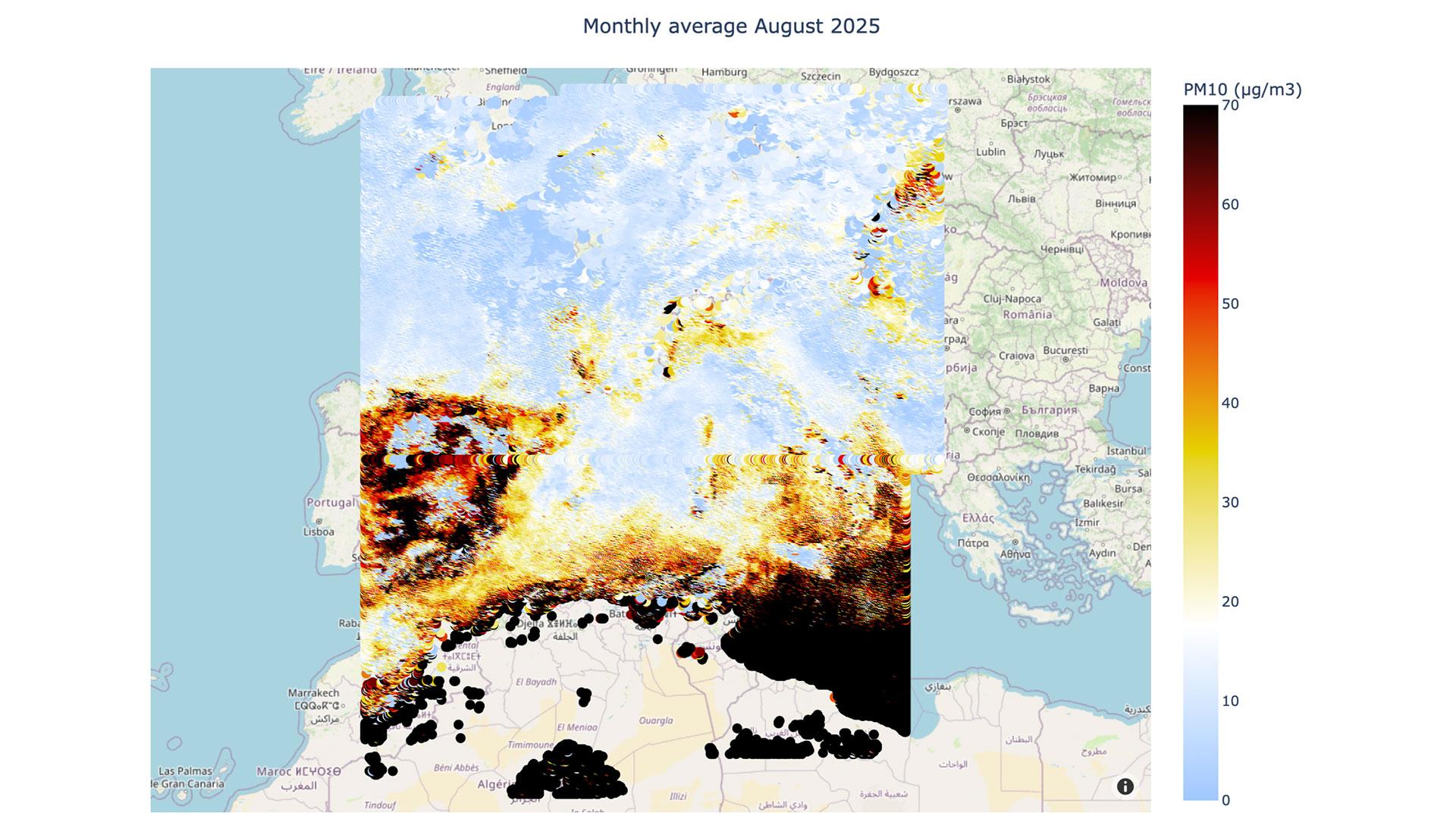SCO Call for projects 2026
The Space for Climate Observatory (SCO) is thrilled to announce its latest Call for Proposals, inviting innovative minds and organizations to join us in transforming the landscape of climate action. This is your chance to be part of a global movement that leverages the power of Earth Observation (EO) data to develop operational tools addressing the urgent challenges of climate change and create a powerful combination with valuable in situ data.
Learn more ➔EO4AgriWater: Satellite innovation at the service of agriculture and water
Faced with the climate emergency and increasing episodes of drought, the EO4AgriWater project marks another step towards smart water management in agriculture. Combining the expertise developed in three previous SCO projects, the tool developed enriches MEOSS's MEO-WaterManagement solution. Find out more!
Learn more ➔Coming soon: 19th SCO France Quarterly Meeting
Quality of night-time lighting, resilience to alternating drought and runoff, preservation of coastal biodiversity: very different topics, and yet... On Tuesday, 2 December 2025, log in to the 19th “SCO France Quarterly” to discover how three SCO projects are using satellite data to address these major challenges.
Learn more ➔ClimateSCOpe 2: Eyes on the forests
Eyes on the forests: how space is protecting the green lung of the planet. With 108 connections on October 23, 2025, ClimateSCOpe, the new projects webinar, brings together the SCO community from around the world to discuss forest conservation. Replay.
Learn more ➔ALISE validates SWOT for microtidal hydrodynamic modeling
The quality and accuracy of SWOT data enable the scientific community to make significant advances. In the case of the SCO ALISE project, the team tested its data on one of the most complex environments imaginable: intertidal zones, which form the interface between land and sea. It shares its findings on Casamance in a study published on September 15, 2025.
Learn more ➔SCO & GEO, an increasingly strong collaboration
Since joining forces in 2022, the SCO and the Group on Earth Observations (GEO) have continued to strengthen their ties and increase their joint actions to mobilize international climate action. The AfriGEO Symposium and EuroGEO Workshop held this October perfectly illustrate the dynamism of this collaboration. Not to mention the announcement of joint webinars!
Learn more ➔SatLCZ has given rise to the Local Climate Zone Mapping portal in France
We are all experiencing increasing heat, everywhere, and even more so in cities, where certain areas are turning into ovens. To locate the most vulnerable neighborhoods, French local authorities and citizens can now consult CEREMA's Cartagene LCZ portal. It covers 88 urban areas with more than 50,000 inhabitants in mainland France, with more to come soon.
Learn more ➔FLORIA: the map of PM10 pollutants in Europe is online
Accredited with SCO label in 2024, the FLORIA project has committed to producing and publishing a monthly map of PM10 pollutants in Western Europe and North Africa. True to its word, the first map, covering August 2025, is now online. All you have to do is click!
Learn more ➔-
Call for projects 2026
SCO Call for projects 2026
The Space for Climate Observatory (SCO) is thrilled to announce its latest Call for Proposals, inviting innovative minds and organizations to join us in transforming the landscape of climate action. This is your chance to be part of a global movement that leverages the power of Earth Observation (EO) data to develop operational tools addressing the urgent challenges of climate change and create a powerful combination with valuable in situ data.
Learn more ➔EO4AgriWaterEO4AgriWater: Satellite innovation at the service of agriculture and water
Faced with the climate emergency and increasing episodes of drought, the EO4AgriWater project marks another step towards smart water management in agriculture. Combining the expertise developed in three previous SCO projects, the tool developed enriches MEOSS's MEO-WaterManagement solution. Find out more!
Learn more ➔19th QuarterlyComing soon: 19th SCO France Quarterly Meeting
Quality of night-time lighting, resilience to alternating drought and runoff, preservation of coastal biodiversity: very different topics, and yet... On Tuesday, 2 December 2025, log in to the 19th “SCO France Quarterly” to discover how three SCO projects are using satellite data to address these major challenges.
Learn more ➔ClimateSCOpe 2ClimateSCOpe 2: Eyes on the forests
Eyes on the forests: how space is protecting the green lung of the planet. With 108 connections on October 23, 2025, ClimateSCOpe, the new projects webinar, brings together the SCO community from around the world to discuss forest conservation. Replay.
Learn more ➔ALISEALISE validates SWOT for microtidal hydrodynamic modeling
The quality and accuracy of SWOT data enable the scientific community to make significant advances. In the case of the SCO ALISE project, the team tested its data on one of the most complex environments imaginable: intertidal zones, which form the interface between land and sea. It shares its findings on Casamance in a study published on September 15, 2025.
Learn more ➔SCO & GEOSCO & GEO, an increasingly strong collaboration
Since joining forces in 2022, the SCO and the Group on Earth Observations (GEO) have continued to strengthen their ties and increase their joint actions to mobilize international climate action. The AfriGEO Symposium and EuroGEO Workshop held this October perfectly illustrate the dynamism of this collaboration. Not to mention the announcement of joint webinars!
Learn more ➔SatLCZSatLCZ has given rise to the Local Climate Zone Mapping portal in France
We are all experiencing increasing heat, everywhere, and even more so in cities, where certain areas are turning into ovens. To locate the most vulnerable neighborhoods, French local authorities and citizens can now consult CEREMA's Cartagene LCZ portal. It covers 88 urban areas with more than 50,000 inhabitants in mainland France, with more to come soon.
Learn more ➔FLORIAFLORIA: the map of PM10 pollutants in Europe is online
Accredited with SCO label in 2024, the FLORIA project has committed to producing and publishing a monthly map of PM10 pollutants in Western Europe and North Africa. True to its word, the first map, covering August 2025, is now online. All you have to do is click!
Learn more ➔



